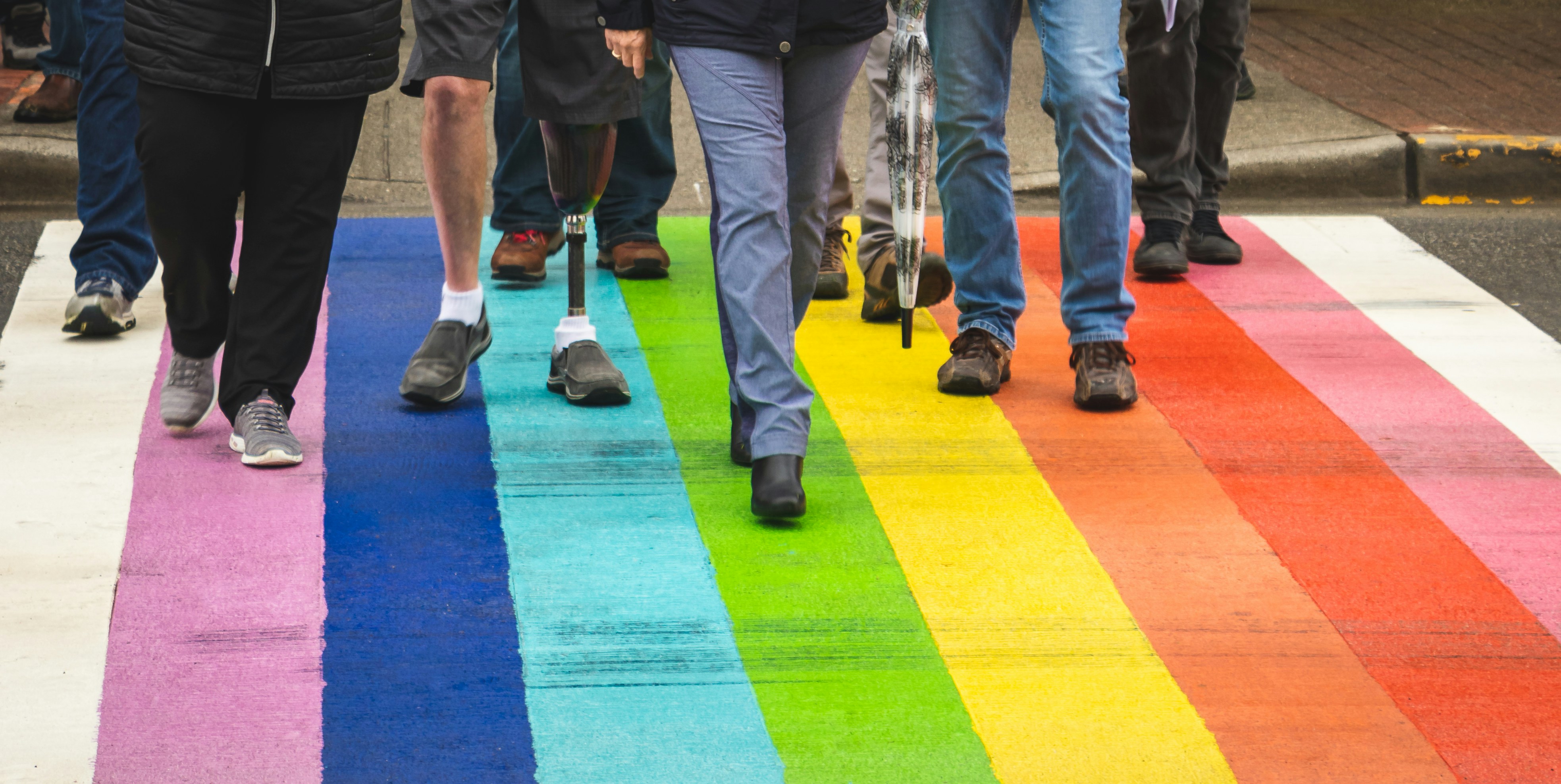"Reimagining Urban Spaces: The Sociocultural Impact of Parklets"
Introduction: A new trend is reshaping the way we view and utilize our urban spaces. Parklets—small, public seating areas created as an extension of the sidewalk—are springing up in cities across the globe. These miniature parks are more than just pleasant spots to relax; they're having a profound impact on our social and cultural landscape. Read below to discover how parklets are redefining urban life.

The Emergence of Parklets
Parklets originated in San Francisco in 2005 as a grassroots movement to reclaim public space. The concept was simple: convert a few parking spaces into a miniature park for people to enjoy. The idea quickly caught on and has since spread to cities worldwide. This trend represents a shift in urban design thinking, emphasizing the importance of social spaces and community engagement.
The Sociocultural Significance of Parklets
Parklets are more than just aesthetically pleasing additions to the urban landscape. They provide a communal space that encourages social interaction, fosters a sense of community, and enhances the overall quality of life. By transforming underutilized spaces into vibrant social hubs, parklets are reshaping our urban culture.
The Current Trends in Parklet Design
In recent years, parklet design has evolved to reflect the unique character and needs of each community. Some parklets feature artwork, others serve as mini-libraries or showcase sustainable gardening practices. This diversity in design not only adds to the visual appeal of cities but also helps to foster community identity and resilience.
The Societal Implications of Parklets
Beyond their sociocultural significance, parklets also have broader societal implications. They challenge the dominance of automobiles in our cities, promoting pedestrian-friendly environments and sustainable urban living. Moreover, parklets encourage residents to engage with their surroundings, fostering a sense of place and enhancing community well-being.
The Future of Parklets
As cities continue to evolve, the role of parklets is set to become even more significant. They serve as a tangible manifestation of community-led urban design, reflecting the shift towards more inclusive, accessible, and sustainable cities. In the future, we might see even more innovative uses of these small spaces, furthering their impact on our social and cultural fabric.
In conclusion, parklets are more than just a passing trend—they are an integral part of the changing urban landscape. They represent a new way of thinking about and interacting with our cities, with profound implications for our social and cultural life. By offering a fresh, unique perspective on urban design, parklets serve as a powerful reminder of the potential of small spaces to bring about significant societal change.





